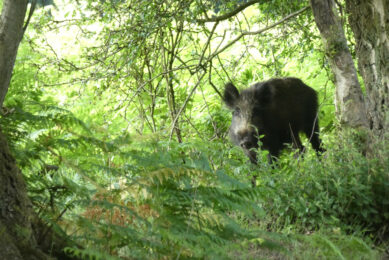Dysentery and ileitis – High time to tackle the difficult science behind these diseases
Steven McOrist : University of Nottingham, Sutton Bonington, UK
Swine dysentery
Clinical features of swine dysentery (SD) have been well described in the pig industry since the 1920’s. There is a severe inflammation of the large intestine with bloody mucous diarrhoea. On affected farms, disease is usually common in fattening pigs from 12 to 75 kg, but cases also occur regularly in gilts and sows. Spread of the disease through the herd is slow, building up in numbers as the dose rate of the agent builds up in the environment. The incubation period in field cases is normally 7 to 14 days. Pigs that recover only develop a mild immunity, but rarely suffer from the full disease again. The high economic cost of disease is associated with pig mortality, high morbidity, marked depression of growth and feed conversion efficiency, and the costs of continual in-feed medication. It is an oppressive disease for pig farmers, who rarely feel able to maintain a functional pig farm while a clinical presence continues.
Swine dysentery remains a major pig health issue in Europe and Asia-Pacific regions and is increasing in the USA, as carbadox usage declines. No useful vaccine or blood test is available and on-going medication is problematic for endemic SD – a major issue in central European pig farming is the high prevalence of tiamulin-resistant and pathogenic B hyodysenteriae strains. The actions of regulatory authorities have removed many useful and effective anti-SD drugs (quinoxalines, metronidazoles, ionophores) across the pig raising world.
For full presentation see attached pdf











